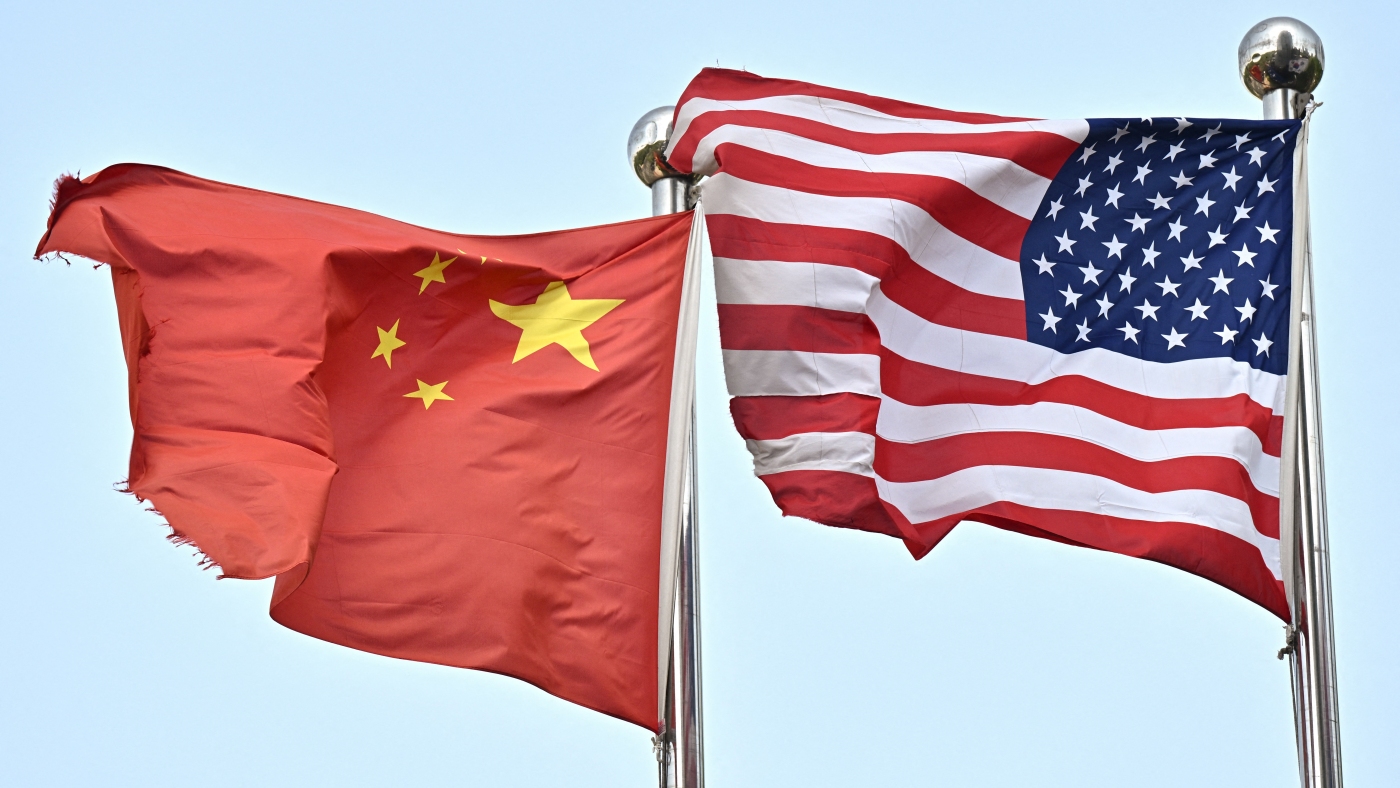A Strategic Shift in Trade Relations
The recent agreement between the United States and China to significantly reduce tariffs on each other’s goods signals a pivotal moment in global trade relations. This decision follows a period of intense trade negotiations and escalating tariffs that had strained economic ties between the two superpowers. The move is not just about economics; it’s a strategic shift with far-reaching implications.
The Tariff Landscape
The U.S. has agreed to lower its tariffs on Chinese goods from a minimum of 145% to a base rate of 30% for an initial period of 90 days. Concurrently, China will reduce its tariffs on American goods from a minimum of 125% to 10%. This reciprocal reduction is a strategic move aimed at de-escalating the trade war and fostering a more cooperative economic environment.
The 90-day period allows both countries to assess the impact of these tariff cuts and make further adjustments as needed. This trial period is crucial for understanding the practical effects of the tariff reductions and for gathering data to inform future decisions.
Economic Implications
The tariff cuts are expected to have profound economic implications for both countries. For the U.S., the reduction in tariffs could lead to increased imports from China, potentially lowering prices for American consumers. However, it also raises concerns about the impact on domestic industries that have been protected by high tariffs. For China, the reduction in tariffs on American goods could boost its exports, providing a much-needed economic stimulus.
The economic benefits are not without their challenges. U.S. industries that have relied on protective tariffs may face increased competition, leading to potential job losses and economic disruptions. Similarly, China’s economy, while benefiting from increased exports, must also navigate the complexities of integrating more American goods into its market.
Political Motivations
President Trump’s decision to cut tariffs is likely driven by a combination of economic and political motivations. Economically, the high tariffs had begun to take a toll on both countries, with reports of higher costs for consumers and potential recession risks. Politically, Trump’s forthcoming trip to the Middle East may also play a role.
Middle East Trip and Its Significance
The upcoming trip to the Middle East is expected to focus on commerce and cultural exchanges, and a more favorable trade environment with China could enhance the U.S.’s diplomatic standing in the region. The tariff cuts could be seen as a strategic move to garner support from key allies and partners in the Middle East, who have been affected by the trade war.
The Middle East trip adds another layer of complexity to the tariff cuts. The U.S. has been working to strengthen its economic ties with Middle Eastern countries, and the tariff cuts could signal a broader shift in U.S. trade policy. This move could also be seen as an effort to counterbalance China’s growing influence in the region, which has been a point of concern for U.S. policymakers.
Broader Geopolitical Context
The tariff cuts also need to be viewed within the broader geopolitical context. The U.S. and China have been engaged in a complex trade war that has had ripple effects across the global economy. The recent agreement to cut tariffs is a significant step towards easing tensions, but it is not a panacea.
Fundamental Disagreements
The two countries still have fundamental disagreements on issues such as intellectual property rights, market access, and subsidies for state-owned enterprises. The 90-day period provides a window for further negotiations and could pave the way for a more comprehensive trade agreement in the future.
The success of these efforts will depend on the ability of both countries to address their underlying disagreements and work towards a mutually beneficial trade relationship. The outcome of President Trump’s Middle East trip and the broader geopolitical context will also play a crucial role in shaping the future of U.S.-China trade relations.
A New Chapter in U.S.-China Relations
The recent tariff cuts between the U.S. and China mark a significant shift in their trade relations. While the economic and political motivations behind these cuts are complex, the move signals a willingness to de-escalate tensions and foster a more cooperative economic environment.
However, it is essential to recognize that this is just the beginning of a new chapter in U.S.-China relations. The 90-day period provides an opportunity for further negotiations and could pave the way for a more comprehensive trade agreement. The success of these efforts will depend on the ability of both countries to address their underlying disagreements and work towards a mutually beneficial trade relationship. The outcome of President Trump’s Middle East trip and the broader geopolitical context will also play a crucial role in shaping the future of U.S.-China trade relations. The world watches with anticipation as these two economic giants navigate this critical juncture, hoping for a resolution that benefits not just the U.S. and China, but the global economy as a whole.

